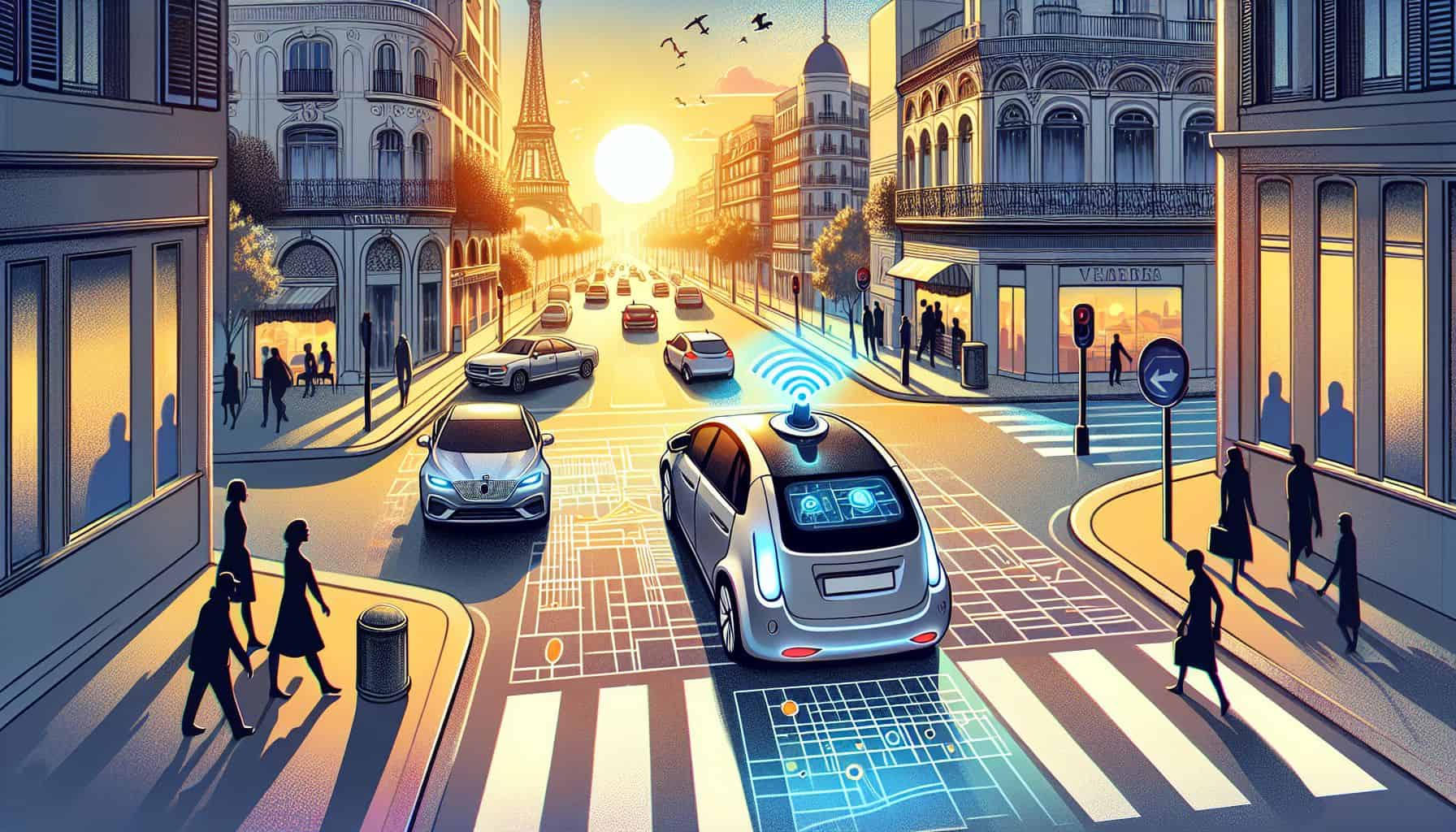
In the weekly ‘follow-up’ section we present a sequel to the best-read article of the past week. This week: Mercedes is sweeping the test tracks with an autonomous snow shovel.
However, Mercedes wants more. With this project from Lab1886 (the innovation unit behind new business models at Mercedes-Benz and Daimler Truck AG), the self-driving truck which currently serves as a snow plow can also be put to good use in sectors such as logistics and agriculture. Though quite a few tests still have to be done before it reaches this stage.
Mercedes and Daimler are by no means the only manufacturers working on trucks that can operate without a driver. Last month Waymo announced that it will expand a test in the US:
This week, we’ll start driving our Chrysler Pacificas and long-haul trucks in Texas and New Mexico. These are interesting and promising commercial routes, and we’ll be using our vehicles to explore how the Waymo Driver might be able to create new transportation solutions. pic.twitter.com/uDqKDrGR9b
— Waymo (@Waymo) January 23, 2020
From America to Zeeland
Similarly, manufacturers such as Volvo, DAF, Man and Hyundai are working on their own trucks or systems to make them safer and support drivers. Closer to home, a project has been started in Zeeland with a subsidy from the European Union. This enables independent trucks to drive a 3.3 kilometer route between logistics company Kloosterboer and MSP Onions. Which is an initiative from Zeeland Connect, a cooperative network of companies, governments and knowledge institutions aimed at bolstering logistics in the province.
In the Living Lab Autonomous Transport Zeeland (as the project is called) various partners will work together on developing self-driving trucks for roads in the Zeeland region. VDL and Terberg will be in charge of the technological part there. According to Tristan Smis, project manager of tractor automation at Terberg, it will be some time before the first autonomous trucks will be able and allowed to drive on the roads in Zeeland.
“It’s all about gaining a good idea of what is actually needed in order to have these vehicles drive safely on the road. What kind of circumstances influence how the truck handles itself? What effect does the type of road surface have? We research these things first and use the outcomes to work out configurations for the trucks.”
Rules and paperwork
That’s why the Living Lab does everything in several stages. In the first stage, the truck drives within the fences of the Kloosterboer logistics company. Only much later on can the truck actually hit the road. Smis adds that the formal approval of the project is in the hands of the province at the moment: “We are dealing with all sorts of rules and paperwork that we have to comply with. We’re hoping we can drive on the road within the year.”
In addition to the Living Lab Autonomous Transport Zeeland, Zeeland Connect has also been granted a subsidy for another innovative project geared towards helping companies transition more swiftly to cleaner transport. The two projects cost close to six million euros.
How long will it take?
So, it will take some time before there are any self-driving trucks in Zeeland or The Netherlands. Smis laughs out loud at how long this will take. Not because he thinks it’s a ridiculous question, but because this question is asked so often. “It depends on so many things. How will the general public react? Their acceptance also plays a role. If you look at Dutch roads, it also depends on what the RDW (Netherlands Vehicle Authority) and the road authorities do. I honestly can’t say anything yet about this that makes sense.”
Smis compares it to nuclear fusion which has been claimed to be on its way for the past thirty years already. “But that is always being pushed forward again and again. The same goes for this technique as well.”
Even a round of calls to various manufacturers doesn’t provide an answer as to when we can expect to see self-driving trucks. According to IO columnist and mobility expert Jan Wouters, manufacturers don’t make any statements about this because they have no commercial interests at stake. “And if they ever were to make any pronouncements about it, you could nail them to that. That’s not something they want.”
Can be remotely controlled
What manufacturers would like to avoid, however, is that the process involves several stages. The so-called SAE levels. At level 2 drivers are still driving themselves and are only supported by cruise control and automatic braking. At level 5, drivers become unnecessary. For example, Daimler is currently testing level 4 trucks whereby it is technically possible to drive fully autonomously under certain conditions. (At this level, a driver is still needed).
Companies are trying out all kinds of things on the road to autonomous logistics. An example is the American Phantom Auto that drives almost fully autonomous trucks by remote control. A driver will only intervene in places which are difficult for the autonomous systems. The Swedish company Einride also started a pilot with an electrically powered T-Pod truck in May last year. In Jönköping, the vehicle without a cabin completes a number of brief daily journeys. They do this at slow driving speeds within an industrial area. A driver can take over the steering remotely via a 5-g connection. According to the company, this is the first time that the government has allowed a self-driving truck without a driver’s cabin on public roads.



